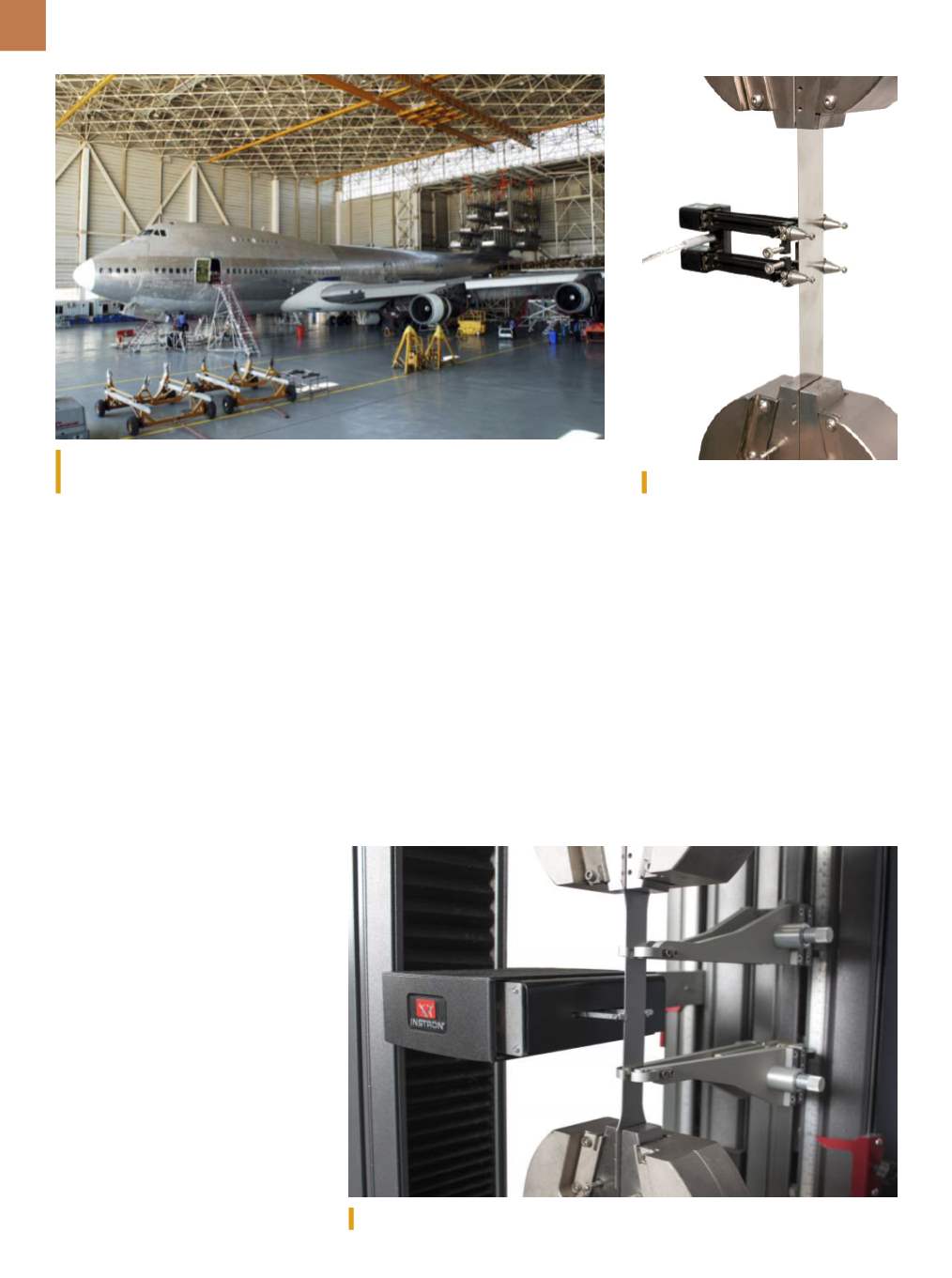

A D V A N C E D M A T E R I A L S & P R O C E S S E S | O C T O B E R 2 0 1 6
2 4
METALS TECHNOLOGY
MAKING GAINS
Although significant weight bene-
fits can be achieved by using compos-
ites or plastics in certain applications,
recent developments in metals technol-
ogy are keeping the industry compet-
itive. The biggest names in the metals
industry have completed significant
research and development aimed at
creating considerably stronger mate-
rials across all the industries they
serve. In the case of aluminum, this is
spurring even more competition. Alu-
minum is now being used more often
than ever before in the structural areas
of vehicles with premium high strength
5000 and 6000 series alloys providing
impressive strength to weight ratios.
These developments are what enabled
Ford to make its famous switch to
aluminum for the F-150 pickup truck,
which significantly reduced weight and
boosted gas mileage.
Traditionally, steel was the chief
material used to build automobiles
because vehicle weight was not as
much of a concern in the past—so
alloyed materials were rarely used
due to their expense. Additionally,
the strength and formability of steel
was highly desirable. A new genera-
tion of high strength steels is being
developed and produced to maintain
the automotive industry’s demand
for steel and to compete against alu-
minum. For example, Arcelor Mittal
is investing one third of all research
and development funds into its auto-
motive steels stating, “Innovations
include high strength steels and
advanced high strength steels with
high mechanical properties enabling
large energy absorption, and electri-
cal steels with low loss and high per-
meability, which are used in hybrid
and electrical vehicles.”
Despite these efforts, automotive
companies are working with aluminum
producers to increase aluminum use
in production. New aluminum alloys
have many advantageous material
properties such as low density, extreme
formability, corrosion resistance, and
comparable strength to steels.
TESTING KEEPS PACE
WITH MATERIALS R&D
Metals producers are working
closely with automotive manufactur-
Use of carbon fiber reinforced composite materials continues to make headway in the aero-
space industry.
Axial and transverse clip-on extensometer.
Axial and transverse automatic extensometer.
















